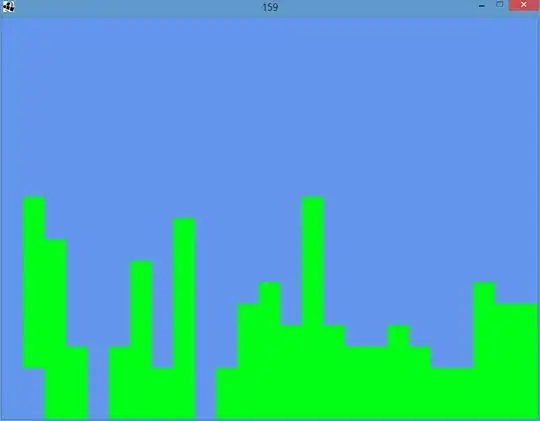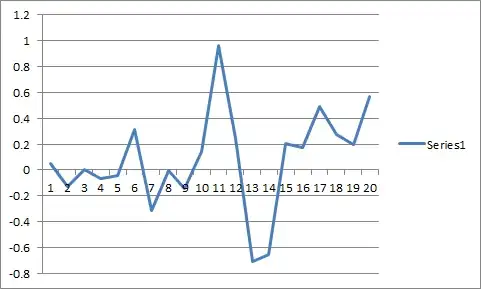I'm working on a tile based game and already got a generator working. But it doesn't seem to be smooth enough to look realistic.
Here's the code I'm using:
for (int i = 0; i < width; i++)
{
float y = ClassNoise.PerlinNoise1D(i, 2f, 4);
for(int j = 2048+y;j<height;j++)
{
tiles[i][j] = new Tile(i,j);
}
}
public class ClassNoise
{
public static float Noise(int x)
{
x = (x<<13) ^ x;
return (float) ( 1.0 - ( (x * (x * x * 15731 + 789221) + 1376312589) & 0x7fffffff) / 1073741824.0);
}
public static float PerlinNoise1D(float x, float persistence, int octaves)
{
float total = 0;
float p = persistence;
int n = octaves - 1;
for (int i = 0; i <= n; i++)
{
float frequency = (float) Math.pow(2, i);
double amplitude = Math.pow(p, i);
total += InterpolatedNoise(x * frequency) * amplitude;
}
return (int) total;
}
private static float InterpolatedNoise(float x)
{
int integer_X = (int) x;
float fractional_X = x - integer_X;
float v1 = SmoothNoise1D(integer_X);
float v2 = SmoothNoise1D(integer_X + 1);
return CosineInterpolate(v1, v2, fractional_X);
}
public static float CosineInterpolate(float a, float b, float x)
{
float ft = (float) (x * Math.PI);
float f = (float) ((1 - Math.cos(ft)) * 0.5);
return a * (1 - f) + b * f;
}
public static float SmoothNoise1D(int x)
{
return Noise(x)/2 + Noise(x-1)/4 + Noise(x+1)/4;
}
}
How can I make this terrain generator smoother?
EDIT:
It currently looks like this (The terrain on the screenshot isn't the full terrain it's just the terrain on the screen):

